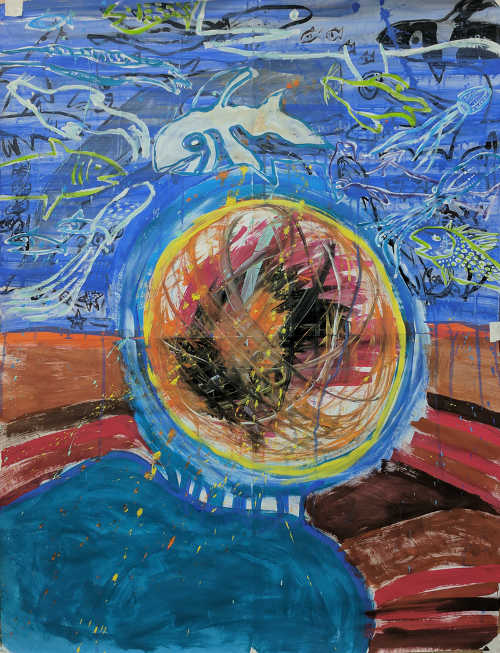- Ted Kooser
- Posted On
American Life in Poetry: Lifting My Daughter
He lives in Colorado, where he is the state Poet Laureate, and his latest book, “The World As Is: New & Selected Poems,” has just come out from New York Quarterly Books.
Here's a father's poem from that fine collection.
Lifting My Daughter
As I leave for work she holds out her arms, and I
bend to lift her . . . always heavier than I remember,
because in my mind she is still that seedling bough
I used to cradle in one elbow. Her hug is honest,
fierce, forgiving. I think of Oregon's coastal pines,
wind-bent even on quiet days; they've grown in ways
the Pacific breeze has blown them all their lives.
And how will my daughter grow? Last night, I dreamed
of a mid-ocean gale, a howl among writhing waterspouts;
I don't know what it meant, or if it's still distant,
or already here. I know only how I hug my daughter,
my arms grown taut with the thought of that wind.
American Life in Poetry does not accept unsolicited submissions. It is made possible by The Poetry Foundation (www.poetryfoundation.org), publisher of Poetry magazine. It is also supported by the Department of English at the University of Nebraska-Lincoln. Poem copyright ©2016 by Joseph Hutchison, “Lifting My Daughter,” from The World As Is: New & Selected Poems, 1972-2015, (New York Quarterly Press, 2016). Poem reprinted by permission of Joseph Hutchison and the publisher. Introduction copyright © 2017 by The Poetry Foundation. The introduction's author, Ted Kooser, served as United States Poet Laureate Consultant in Poetry to the Library of Congress from 2004-2006.

 How to resolve AdBlock issue?
How to resolve AdBlock issue? 







